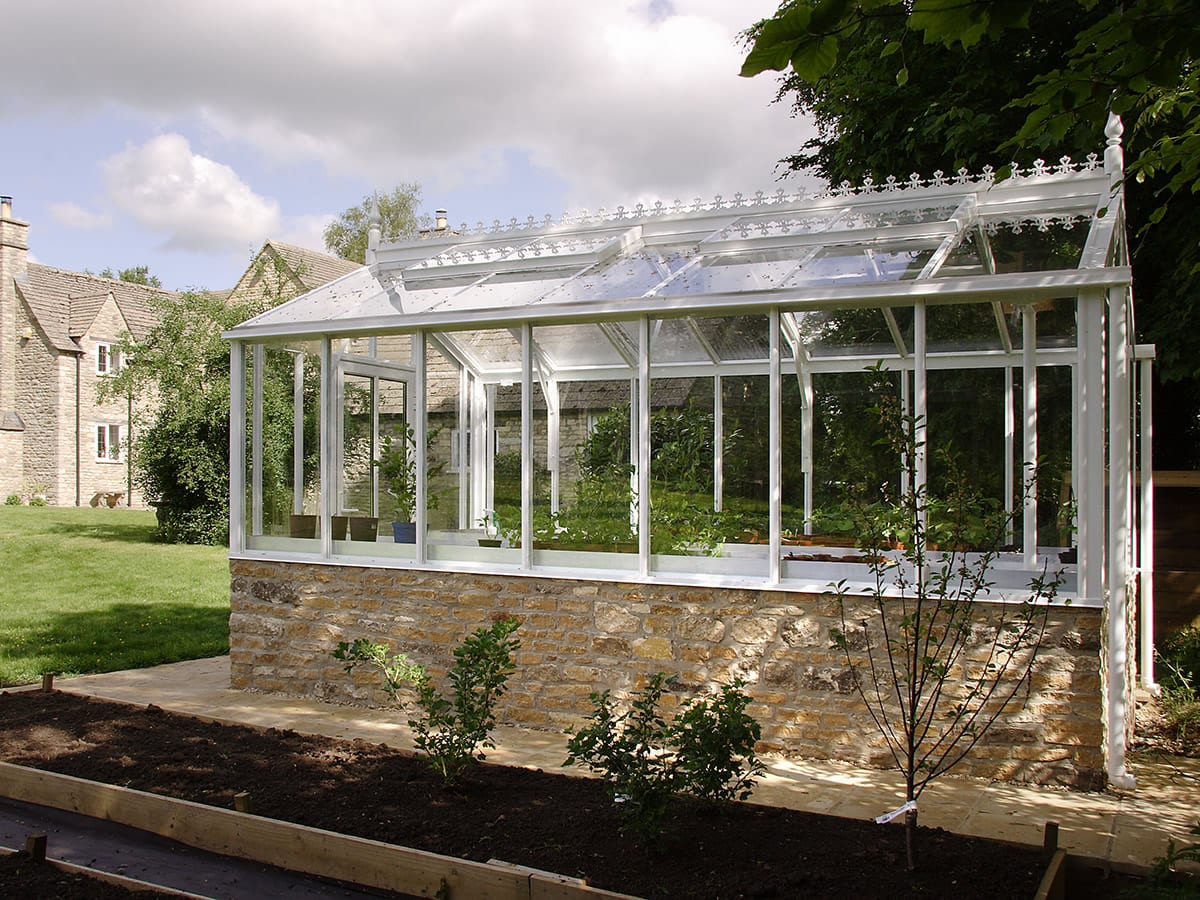Planning Your Greenhouse
Planning Your Greenhouse – 12 Important Questions to Ask Before You Start
Whether you’re planning a small greenhouse or a larger, more complex project, your new bespoke greenhouse is not only an exciting purchase but also an investment for the future. By asking yourself the questions below, you can have peace of mind that you’ve considered this venture’s most important aspects.
Together with Griffin, we can then turn your dream greenhouse into a reality.
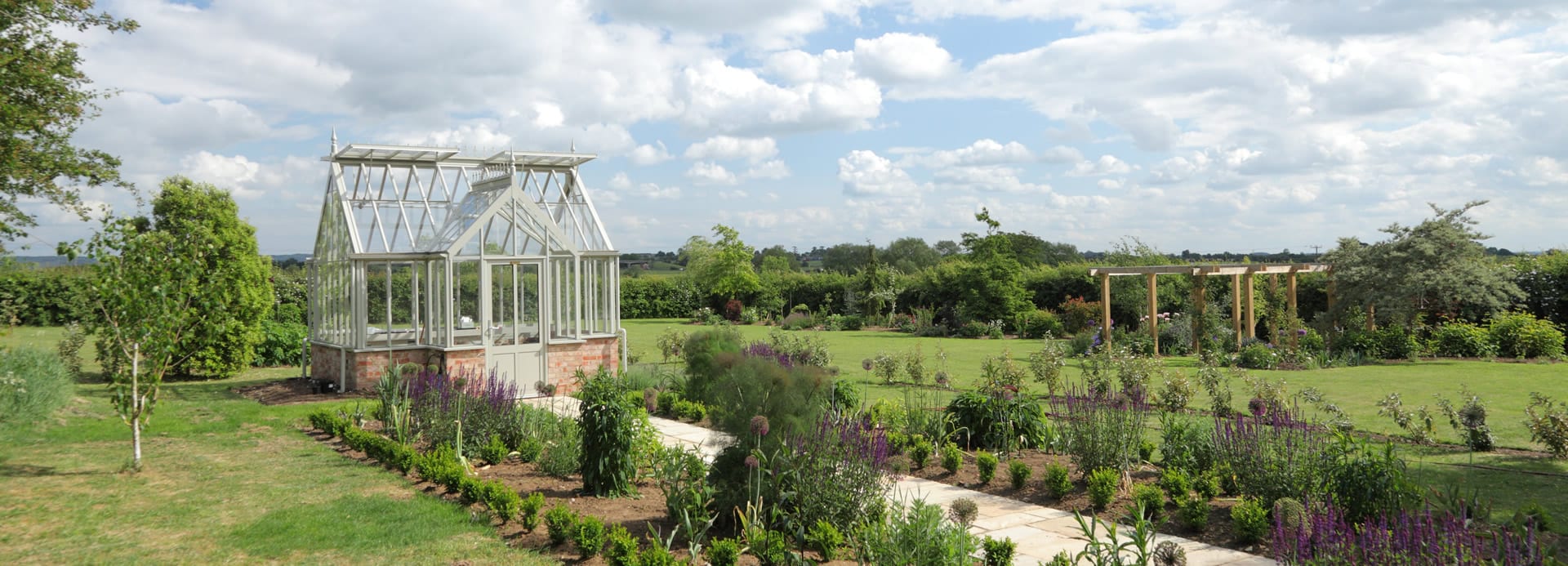
1. What is the best position for my greenhouse?
The aim of a greenhouse, or lean-to greenhouse, is to capture as much light and heat as possible, making the best use of the available sunshine throughout the year. When positioning your greenhouse, it’s important to consider its relation to the sun, buildings, and trees that could cast shadows.
Ideally, a free-standing greenhouse with its longest axis running east-west is the best scenario. However, this may not be possible, especially if you have limited space for a small greenhouse.
If you don’t have space for a free-standing structure, you can consider a lean-to or 3/4 span greenhouse that attaches to a wall. The wall acts as a large store for the sun’s heat, collecting it during the day and emitting it at night. The best position for a lean-to or 3/4 span greenhouse is on a south-facing wall.
While this sounds simple, keeping track of where trees, walls, and other structures cast their shadows can make things complicated. Trees often drop leaves, twigs, and branches that can become an annual cleaning annoyance. A large branch can cause even more problems.
It’s also important to consider how far from the house your greenhouse is. If it’s too far, you may not use it as much.
Of course, you may not have all of these options available, but we can still suggest alternative designs that make the best use of your particular situation.
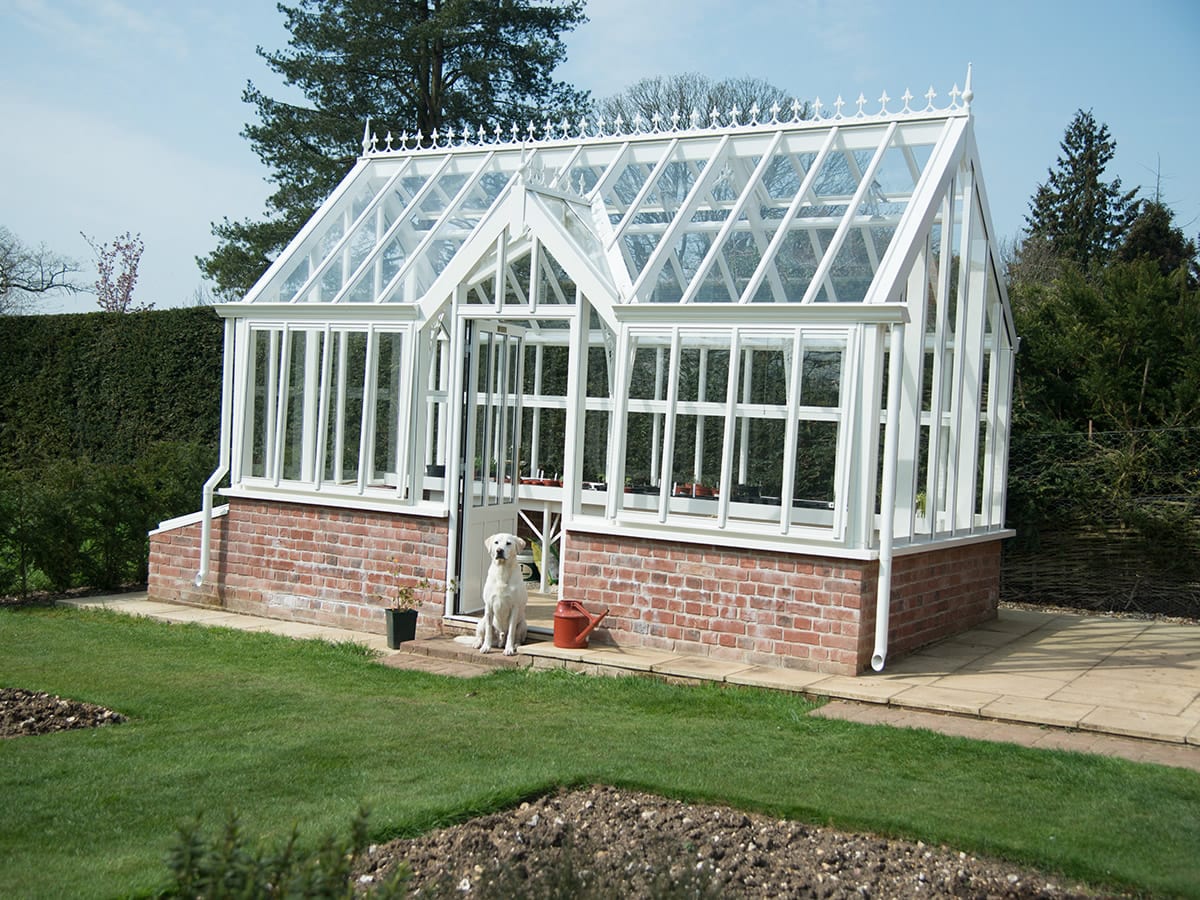
2. What do I want to grow and how might this change in the future?
When designing your greenhouse, consider the type of produce or plants you want to grow and how this may change over time. If you plan to grow climbing plants or tomatoes, consider the height of the greenhouse at the eaves and ridge.
Many people find that they need more space than they originally anticipated once they start using their greenhouse. It’s always better to overestimate rather than underestimate your usage.
We’ll customise the staging in a Griffin greenhouse to suit your needs. We design it in such a way that you can easily adapt it to accommodate any changes to your planting plans.
Griffin also offers the following:
- Ventilation systems
- Irrigation systems
- Heating
- Lighting
- Shading
- Other accessories
All of these give you maximum control over your plants’ environment.
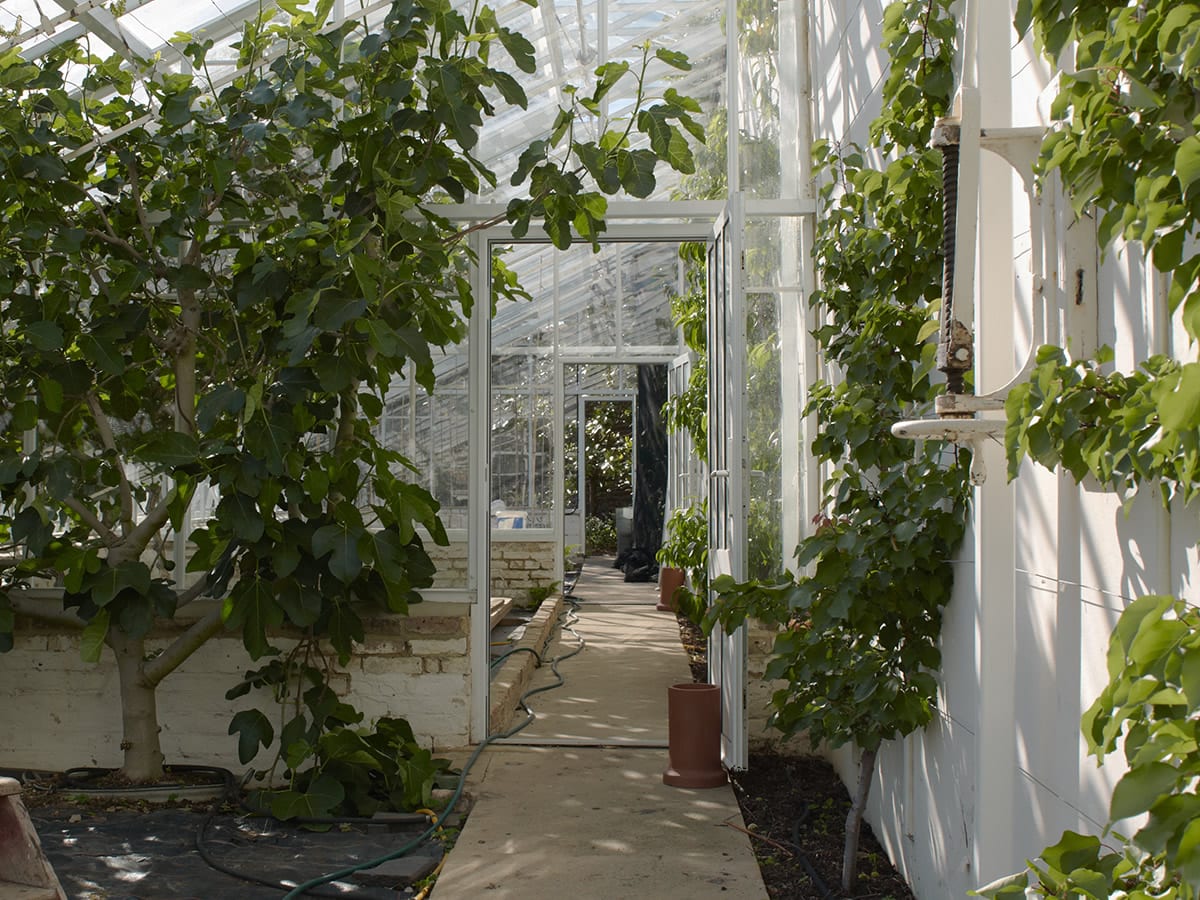
3. What style of greenhouse is right for me?
You probably have a good idea of the design that appeals to you, whether you’re planning a small greenhouse or a more elaborate construction. When choosing a style of greenhouse, it’s important to consider how it will complement your house or other nearby structures.
We can customize our greenhouse to your exact requirements, whether you want a traditional Victorian orangery or a more contemporary glasshouse. Our full range includes a variety of:
- Roof pitches
- Glass widths
- Colors
- Finishes
- Accessories
Because we design each greenhouse individually, with Griffin, the possibilities are endless. You will be delighted with the end result – a perfect greenhouse.
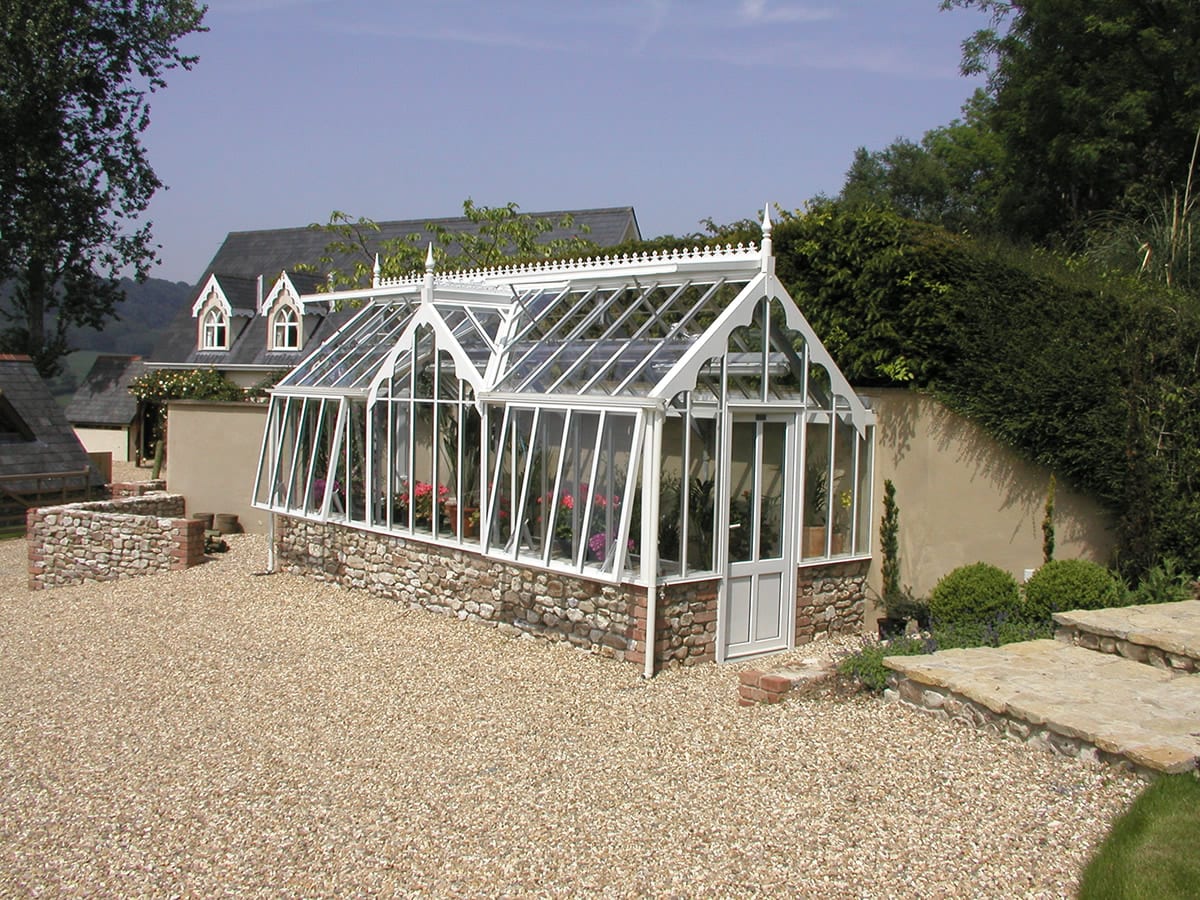
4. How much can I afford to spend?
Budget is a personal concern, but it’s the most important aspect to consider when deciding which greenhouse to purchase. Regardless of your budget, ensure that you get good value for your money. Even a small greenhouse is a much-anticipated once-off purchase, so it’s important to make the right choice.
The quality and strength of the greenhouse structure can vary significantly depending on the supplier. The same applies to ventilation, water storage solutions, and adjustable shelving. With a Griffin greenhouse, you’re guaranteed a strong, high-quality, and fully functional greenhouse.
When it comes to size, choose the largest greenhouse you can afford. The bigger the structure, the more growing space you get for your money. At Griffin, we offer a wide range of design options that provide more flexibility to design the best greenhouse possible for your budget.
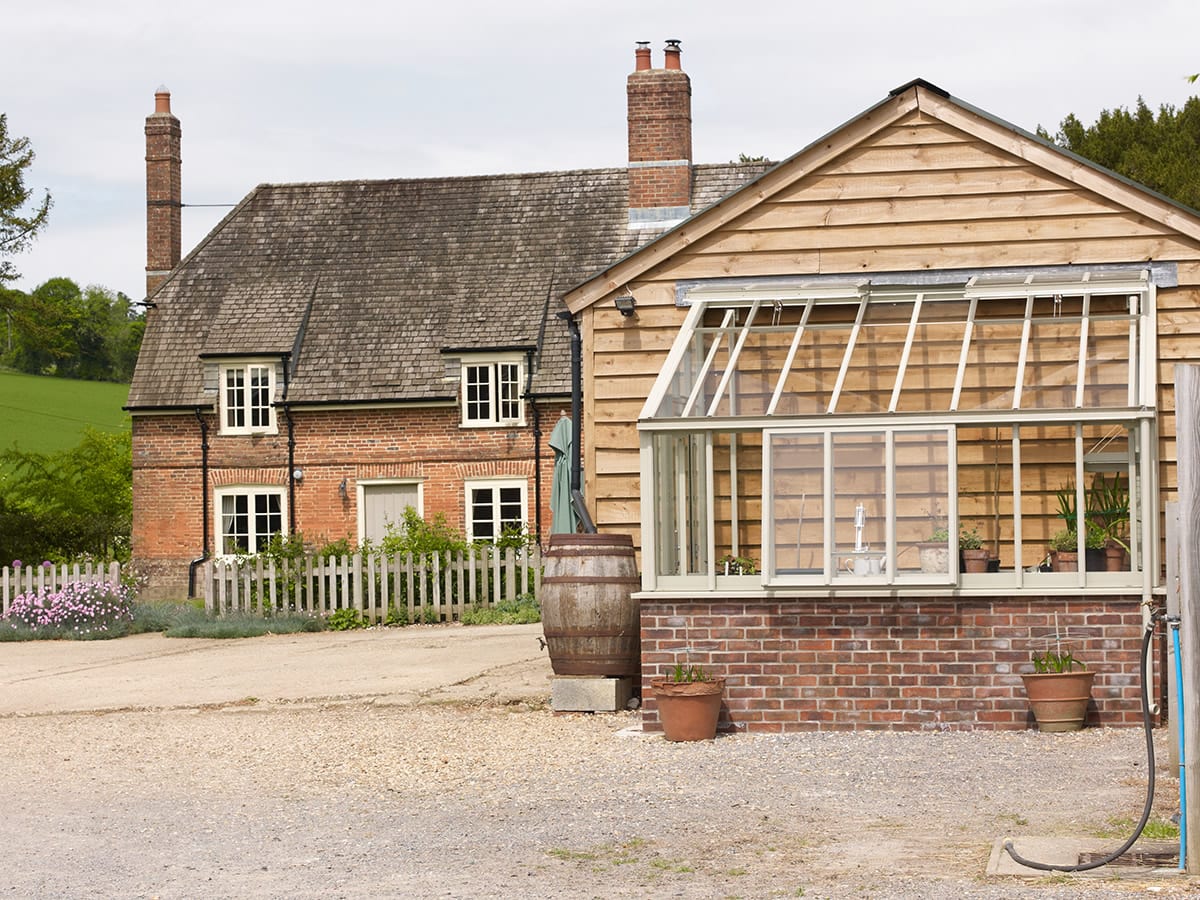
5. Do I need planning consent?
For the following scenarios, you’ll need planning consent before building your greenhouse:
- When living in a listed building
- For properties in an area of outstanding natural beauty
- A space in a National Park or a conservation area
This applies to even the smallest greenhouse, or if you’re replacing your existing greenhouse or orangery. We can undertake this aspect of the project for you. Usually, we have no problems with planning, but it’s worth making a quick call to your local planning office to put your mind at ease.
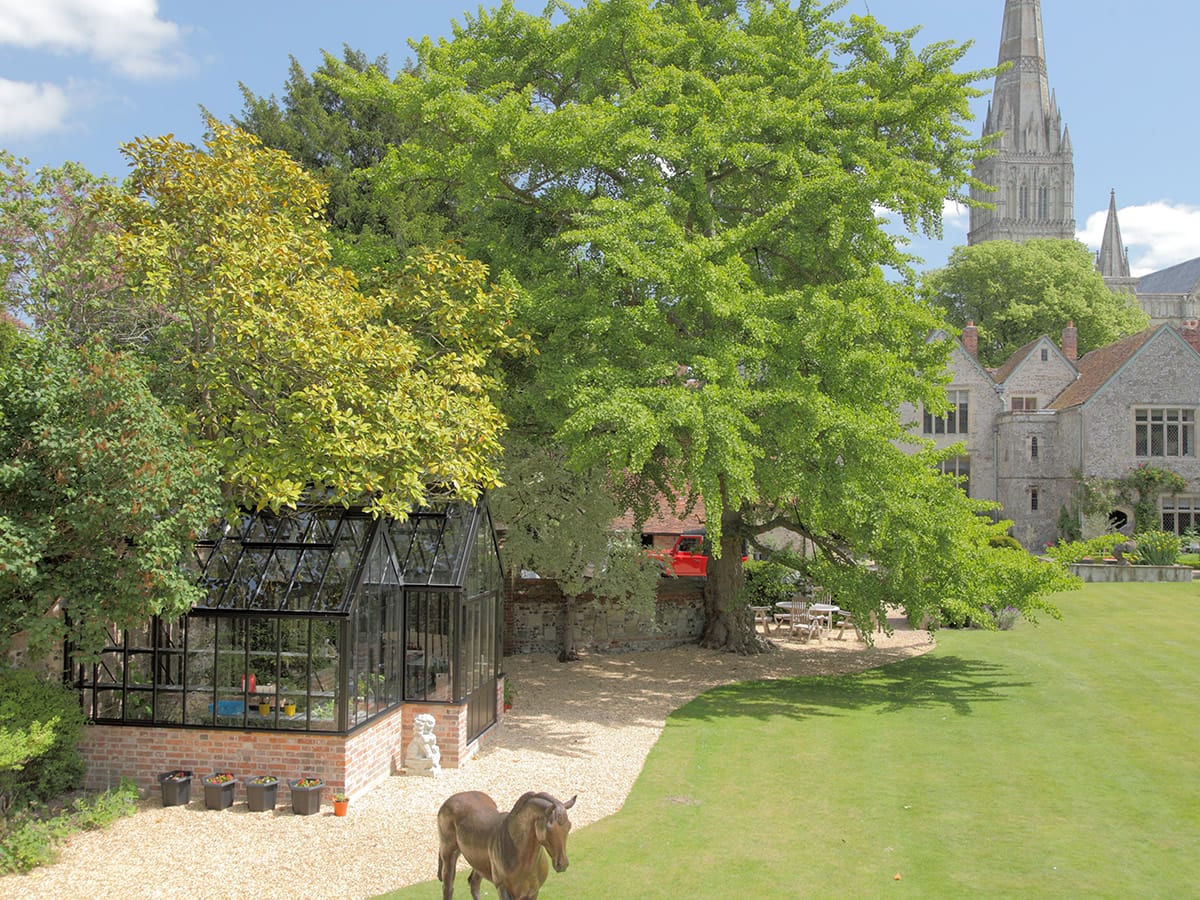
6. How do I maximise the ventilation?
Effective ventilation is crucial in controlling the environment in your greenhouse and promoting optimal plant growth.
At Griffin Glasshouses, we prioritise ventilation in our greenhouse designs. We utilise top-of-the-line ventilation systems and a ridge and eaves gutter design that allows us to customise ventilation to your specific needs. Our full-length ventilators can be installed on both the sides and roof of the greenhouse, maximising openings and providing a constant flow of air.
Depending on your preference, pick from our range of hand-operated and fully automatic ventilation systems.
- Automatic vent units: Very popular because they open and close by themselves. This gives you peace of mind your greenhouse will always be fully ventilated, even in your absence.
- Bayliss hydraulicheck autovents: They are used when there’s no electricity supply. These are automatic ventilators that open and close using energy from the warmth of the sun or the surrounding air. The hotter it gets, the wider the autovent opens and as the temperature cools the autovent closes. These work well in small greenhouses.
- Thermostatically controlled electric rack and pinion: You can use these vent-opening units when there is an electricity supply. The thermostat enables you to pre-set the temperature for the vents to open and close, giving you even more control over your greenhouse environment.
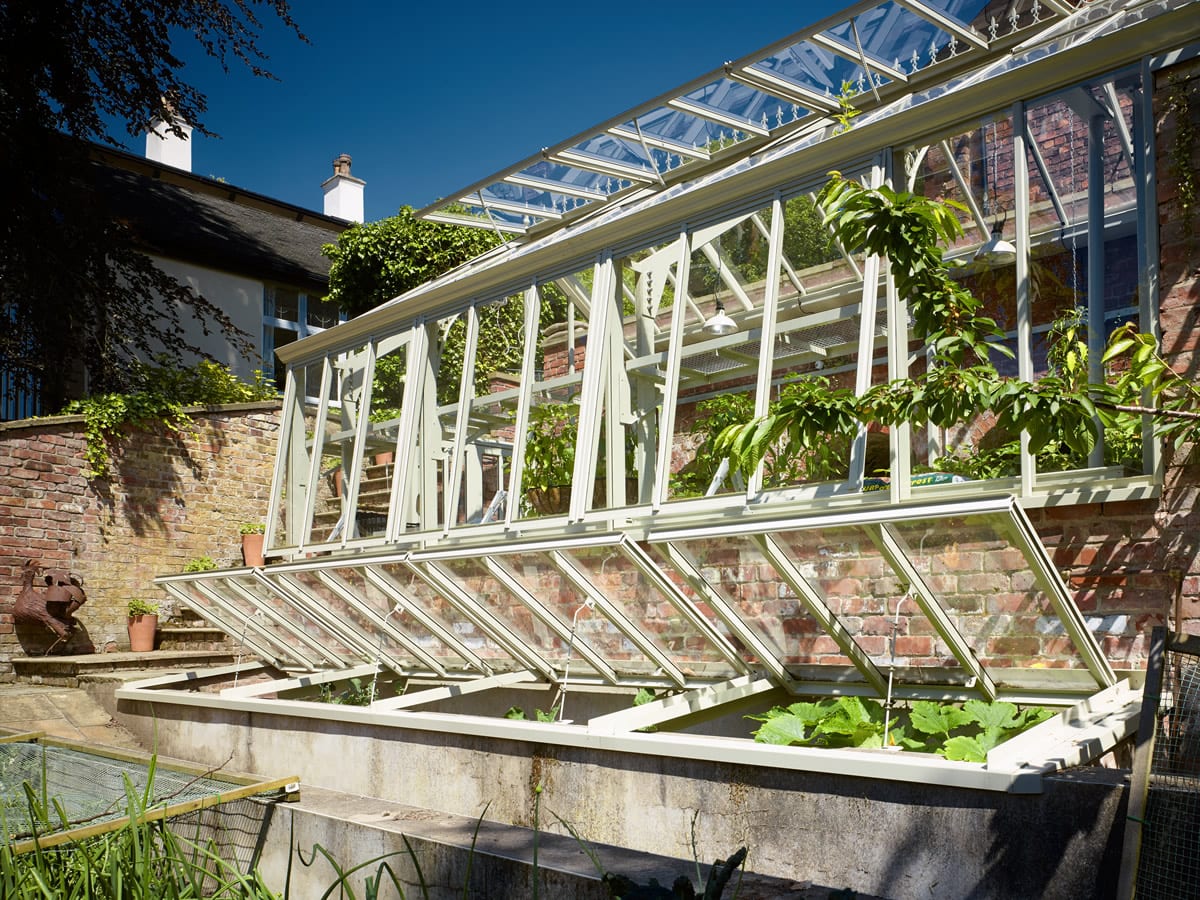
7. How will I manage the watering?
A mains tap within the greenhouse is the most obvious way to provide water for your plants. You can use this to fill a watering can or to connect a hose and lance.
Want to make watering easier? Need peace of mind your plants will be watered when you’re away on holiday for two weeks at the height of summer? Then consider an automatic irrigation system.
We recommend the following automatic irrigation system setups:
- Battery-operated timing device: This is connected to the tap with a hose feeding a drip irrigation system. This type of device is best suited for small to medium greenhouses.
- Computer-controlled electric zoned irrigation system: This system is perfect for a large greenhouse with lots of different crops.
- Overhead mist system: Perfect for creating a humid environment for plants who grow better under these conditions. This will work for all greenhouses, both small and large.
While a mains tap has many benefits, it can be expensive to arrange if the greenhouse is far from the mains supply. Additionally, with hosepipe bans and increasing concern about environmental issues, it makes sense to conserve water by collecting and reusing rainwater as much as possible. When you realise how much water you can store within the greenhouse for instant use, it becomes a very practical solution. Furthermore, this clean, soft rainwater is untreated and always at the right temperature for your plants.
Using stored rainwater to water your plants is simple. For small greenhouses, you can use a hand pump to fill a watering can. If you have an electricity supply, you can use an electric pump with either an automated irrigation system or a manual hose and lance.
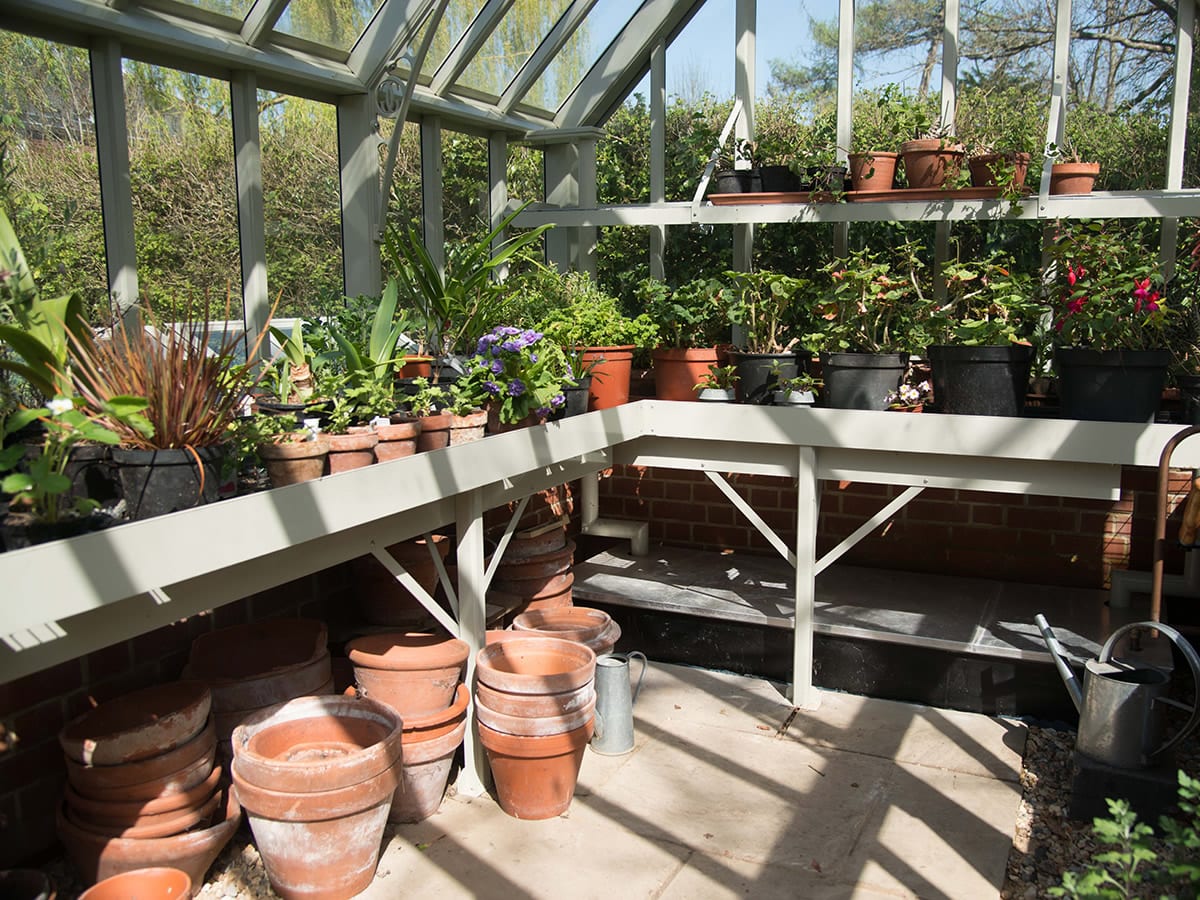
8. Do I need an electricity supply?
An electricity supply is not essential in either a large or small greenhouse. However, if you want to run an electrical appliance such as an electric heater to keep it frost-free over the cold winter months or early spring (this gives your seedlings a head start), then a fully waterproof electrical supply is required.
If you decide to run electricity to your greenhouse, it opens up other possibilities:
- You could install an electric water pump or a fully automatic electric ventilation system – no more racing to open the vents on a hot morning or close them during a sudden cold downpour. All you have to do is set the required temperature, and the thermostatically controlled system will do the rest.
- Another option is lighting. Not everyone wants to pot up all night, but with lights, you can extend the hours you spend in your greenhouse.
Our customers find many other uses for an electricity supply. Among the items we’ve seen when we visit our clients are propagation benches, radios, kettles, and even an exercise bike and a beer fridge!
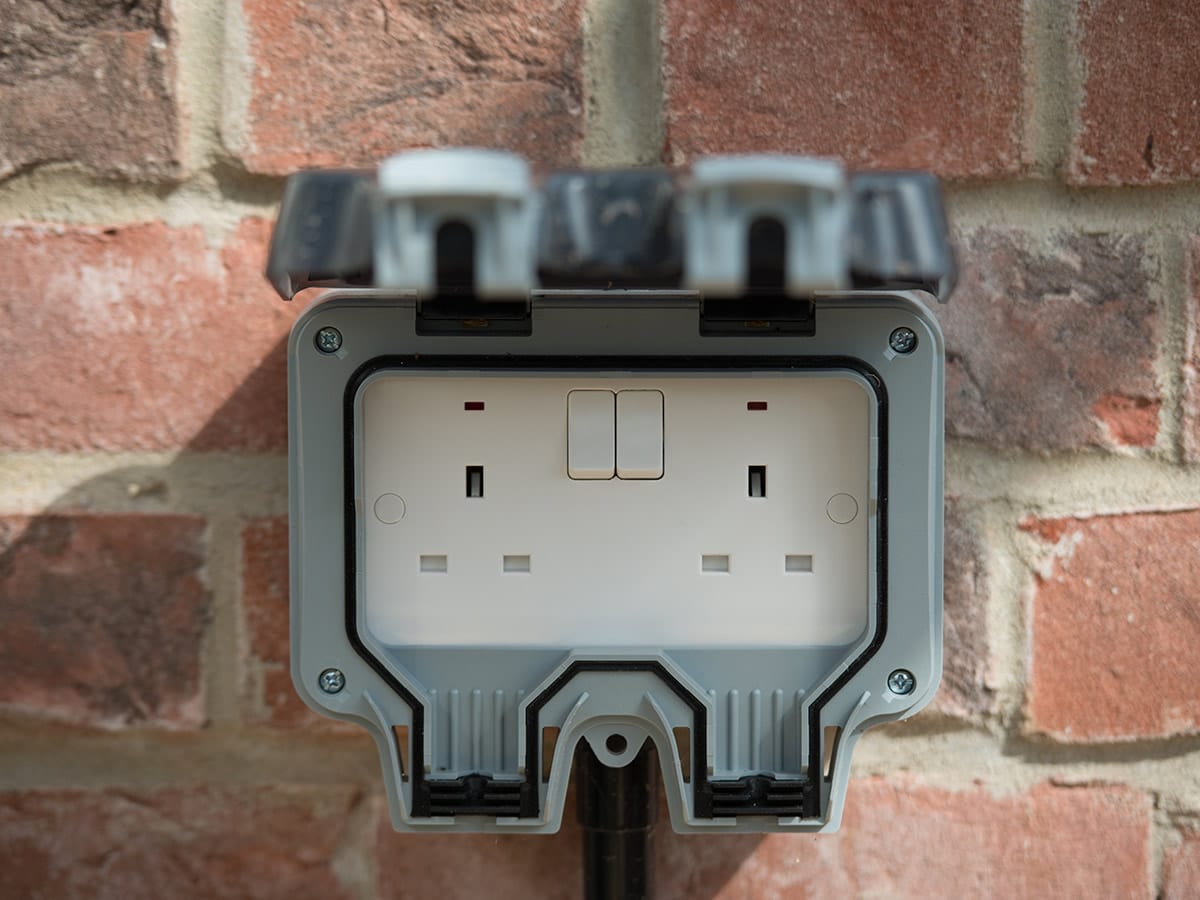
9. Will I be able to get a wheelbarrow through the door?
It may seem obvious, but many people overlook the practical issue of access to their greenhouse. At Griffin, all of our greenhouses, including the small ones, have doors with openings wide enough to accommodate a wheelbarrow or wheelchair (unless, of course, we’re replacing an existing greenhouse with a narrower door).
We manufacture our own double-glazed aluminium doors, all colour-matched to the greenhouse. You can choose between single or double doors, and we can customise any door to meet your specific requirements.
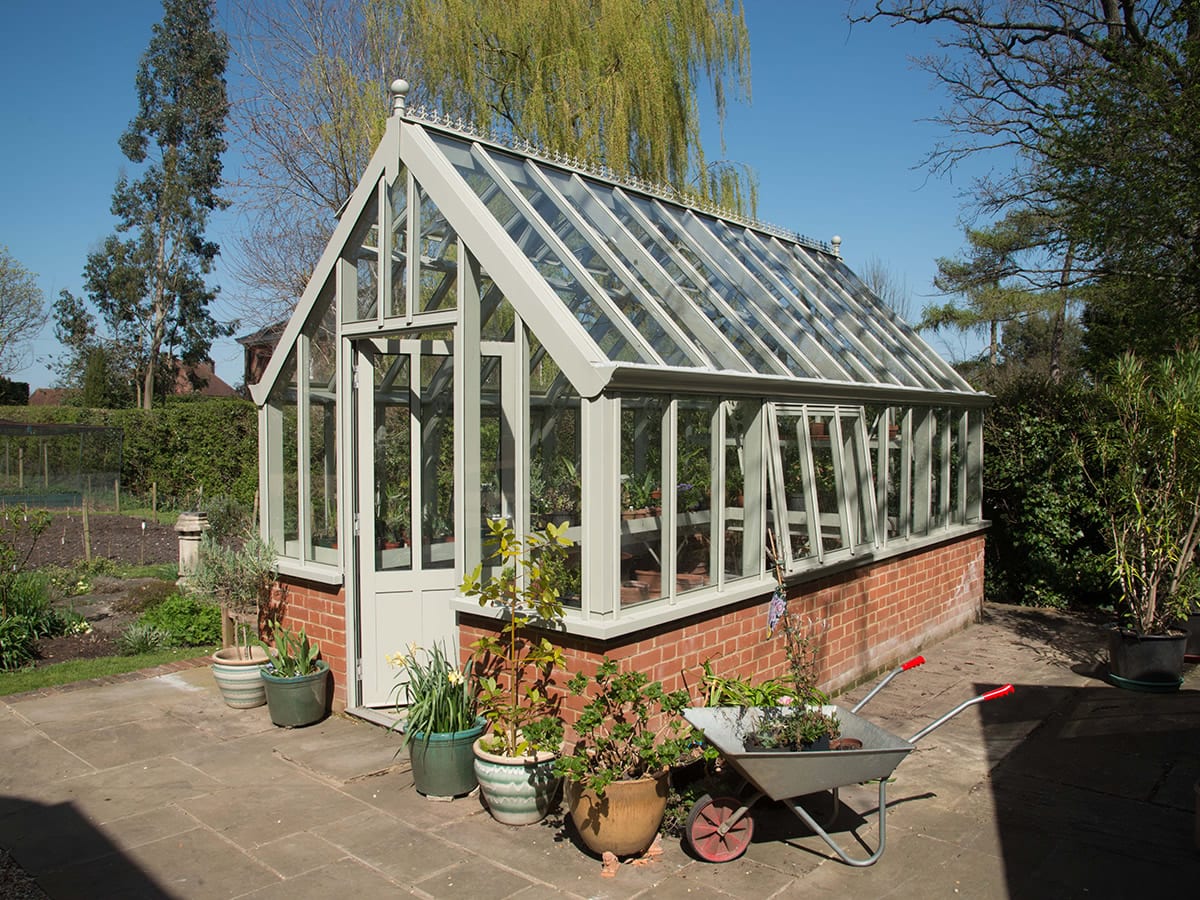
10. What are the maintenance costs?
When making a major purchase decision, it’s important to consider not only the initial cost but also the ongoing cost of owning your greenhouse. In addition to the financial cost, you should think about the time required to maintain even a small greenhouse, whether you plan to do it yourself or hire someone to do it for you.
Griffin’s greenhouses are designed to be both beautiful and long-lasting. They are manufactured from powder-coated aluminium and steel in any colour of your choice and are resistant to corrosion. Unlike wooden structures that require sanding, staining, or repainting every few years, all you need to do to keep your Griffin greenhouse looking as good as new is to power wash it inside and out and oil the door lock and pinions if fitted.
In the unlikely event that a pane of glass breaks, replacing it is easy to do. Plus, we’re always available to offer help and advice on any aspect of maintenance.
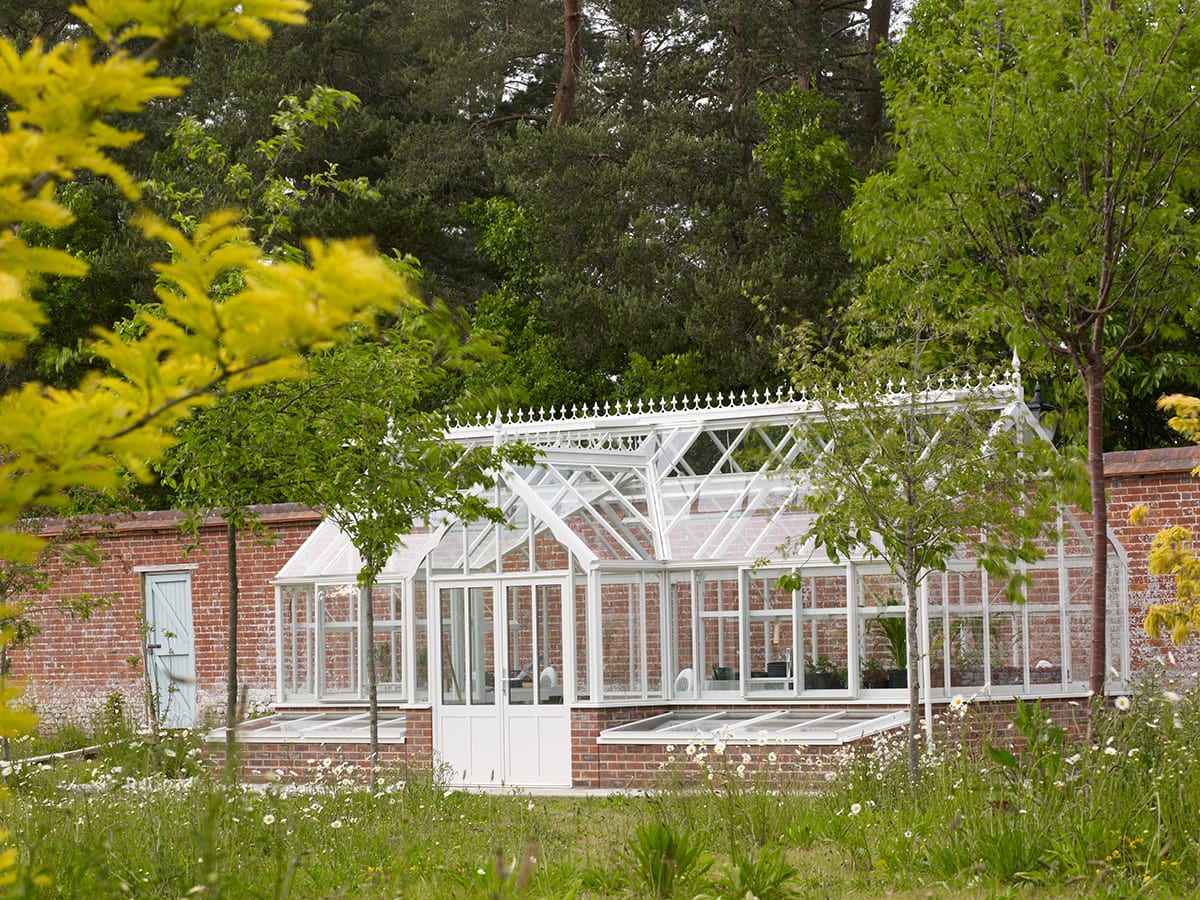
11. What if I don’t want a “normal” greenhouse?
If you have a problem with the size or layout of your property and are struggling to find a solution for a greenhouse, Griffin can design whatever you want – large or small, simple or complex. We even design greenhouses for sloping sites or to go around corners.
While our main business is glasshouses, we can also design a structure to solve a specific problem for you.
For example, an orangery could be the ideal substitute for a freestanding greenhouse if you have a very small garden or no garden at all. Also, whether you want a rainproof corridor to join different buildings together or a room to act as a storm porch, one of our glass structures can be the answer.
Important note:
Our greenhouses, glasshouses, and orangeries are single glazed. This means that under certain conditions, condensation will form. Our patented capping system acts as an insulator to our glazing bars, and any condensation is channelled away within the structure to the exterior. While we can design a useful “room” for you, we don’t recommend using our glasshouses as a conservatory.
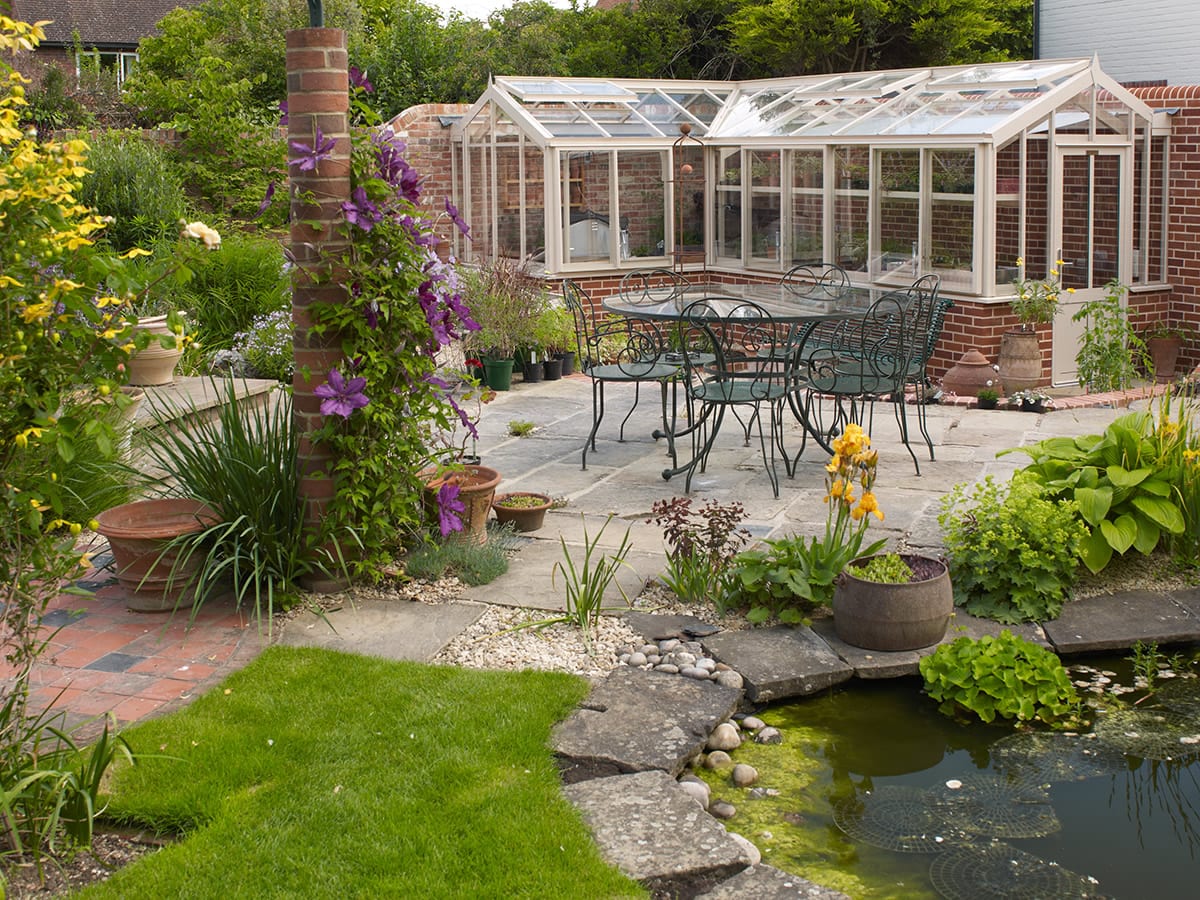
12. What if I change my mind later?
When you buy from Griffin, you’re assured of our personal service. We offer assistance with completely changing the internal staging, adding cold frames, shading, automatic irrigation, or electric vents. We’re also happy to help you extend or even move your greenhouse, whether it’s a small or large bespoke structure.
